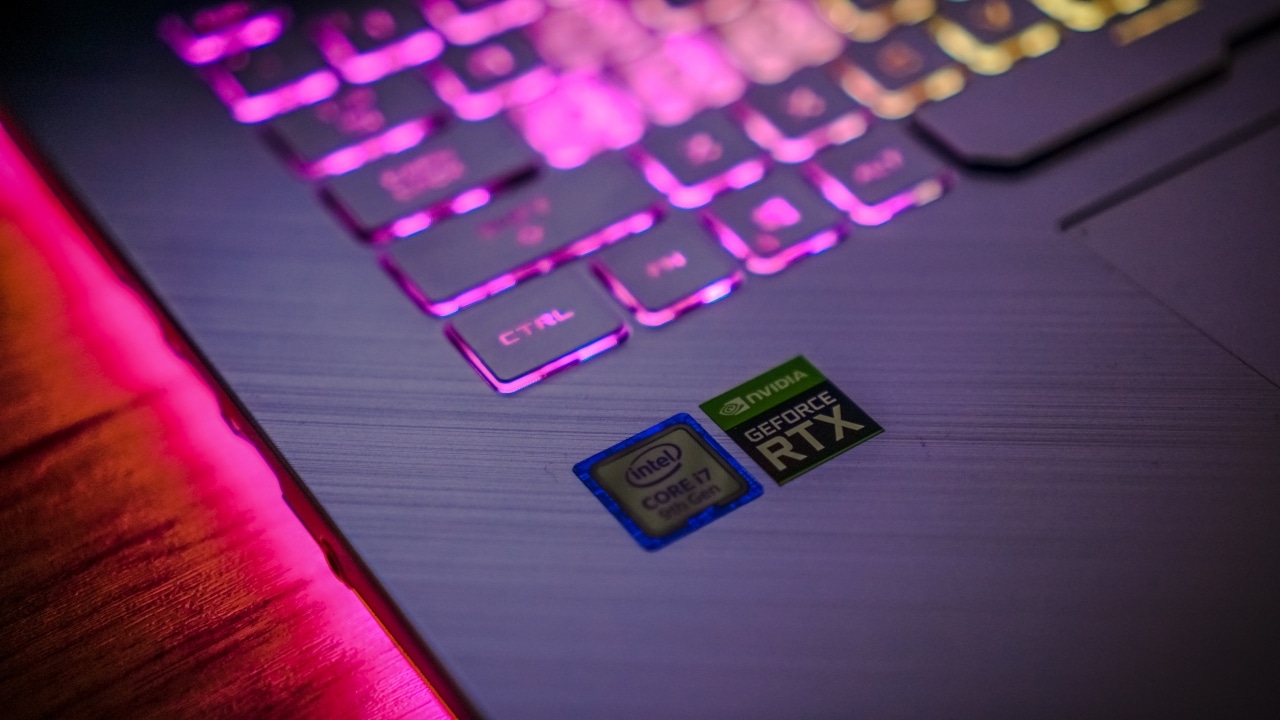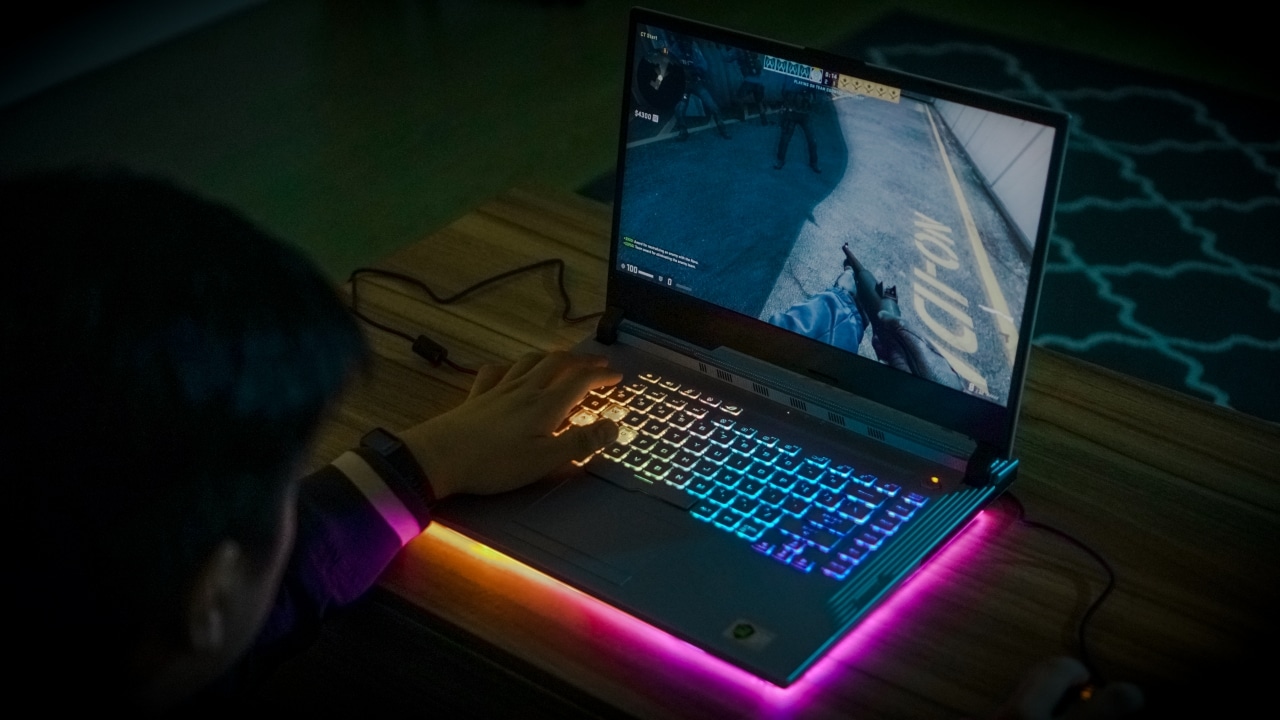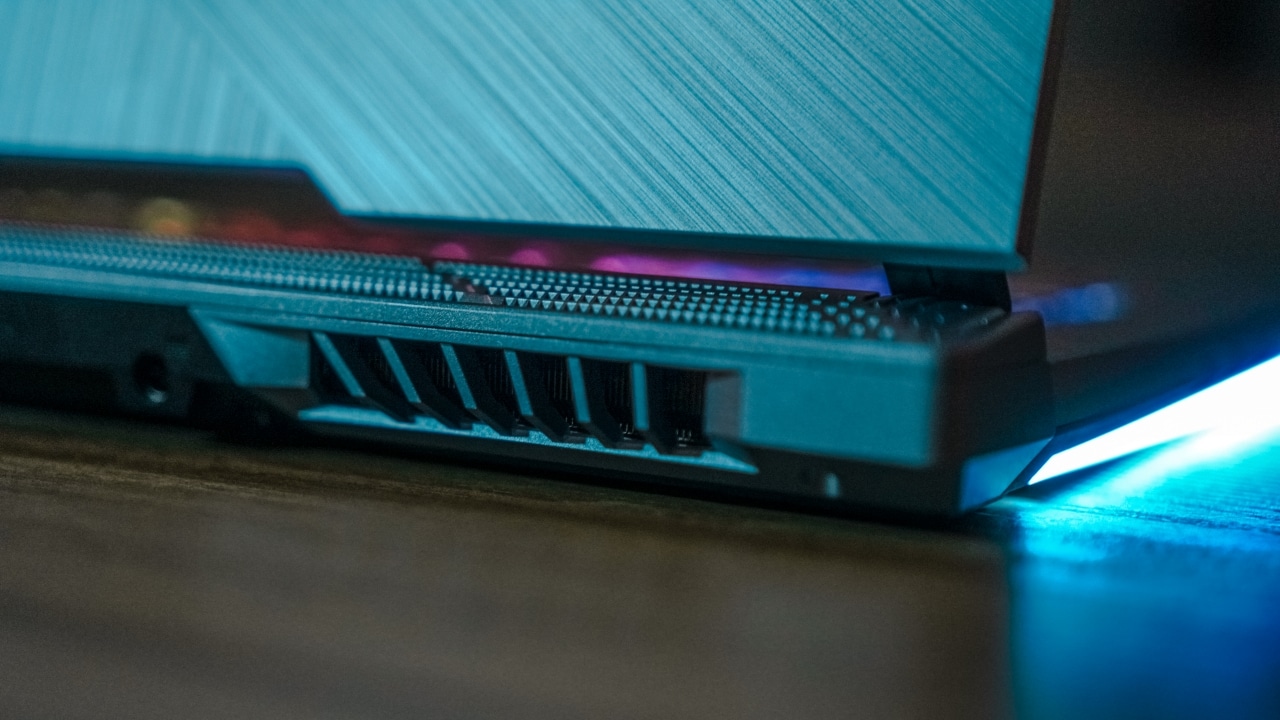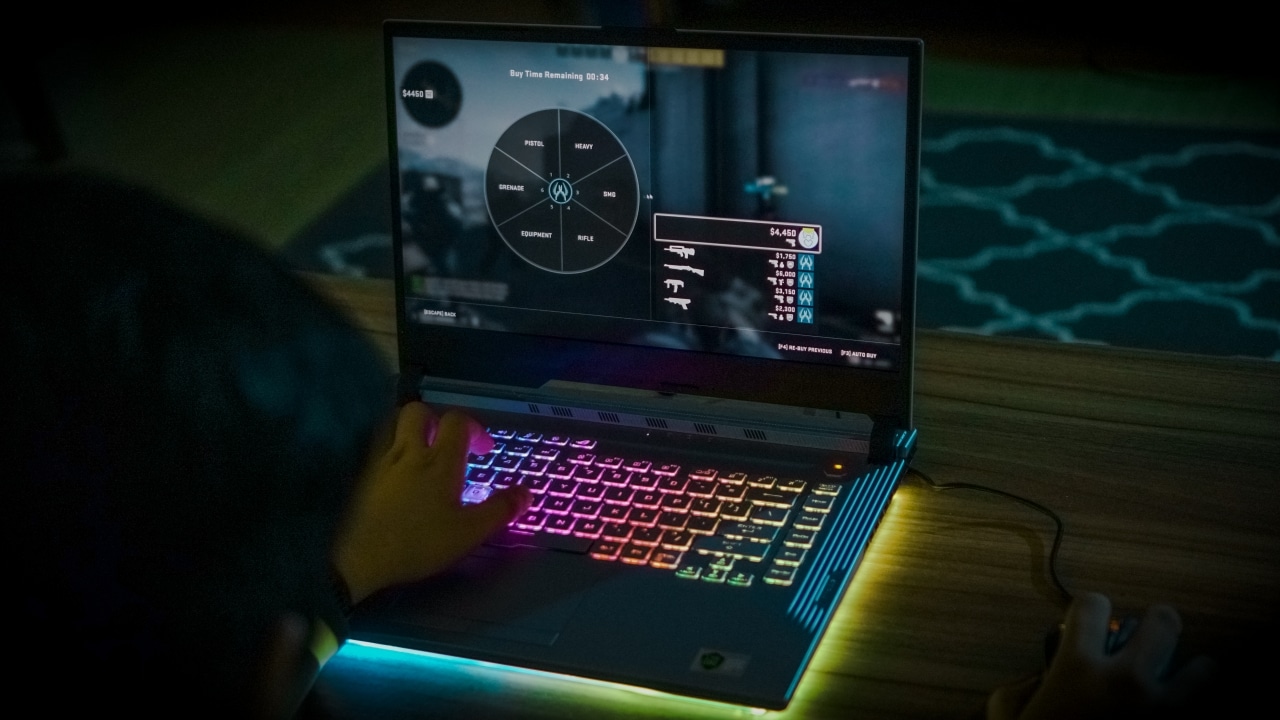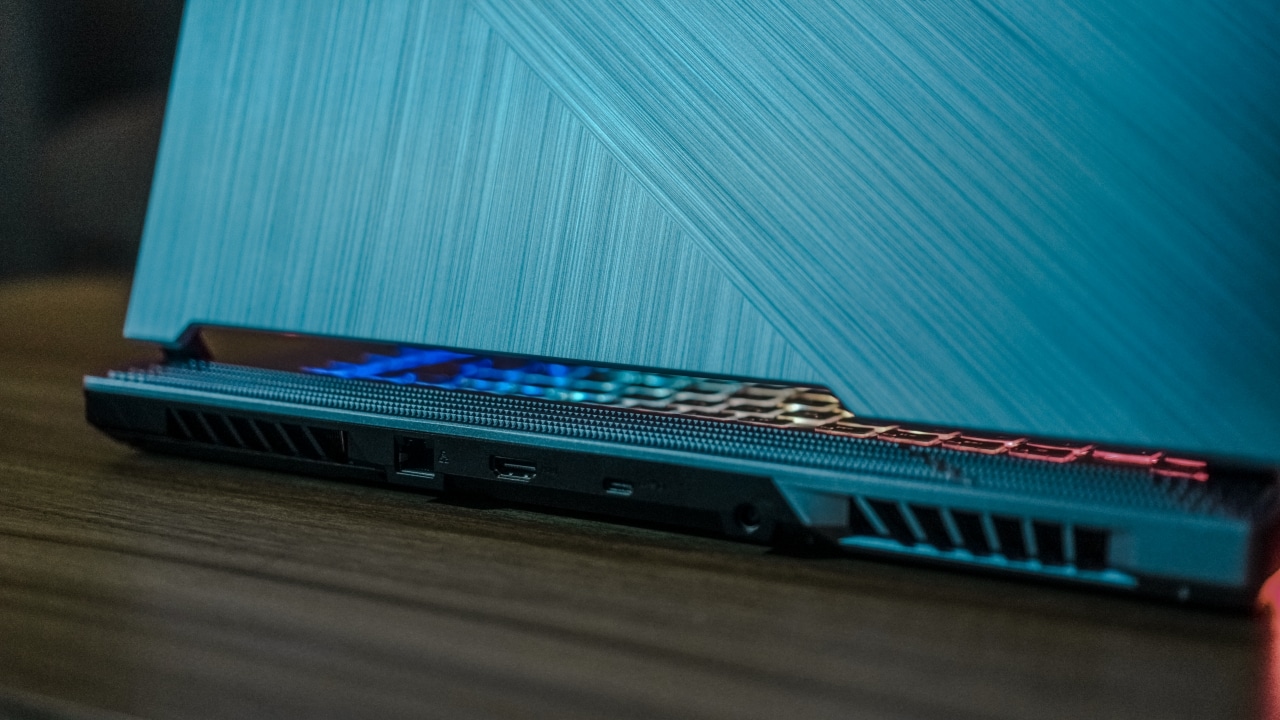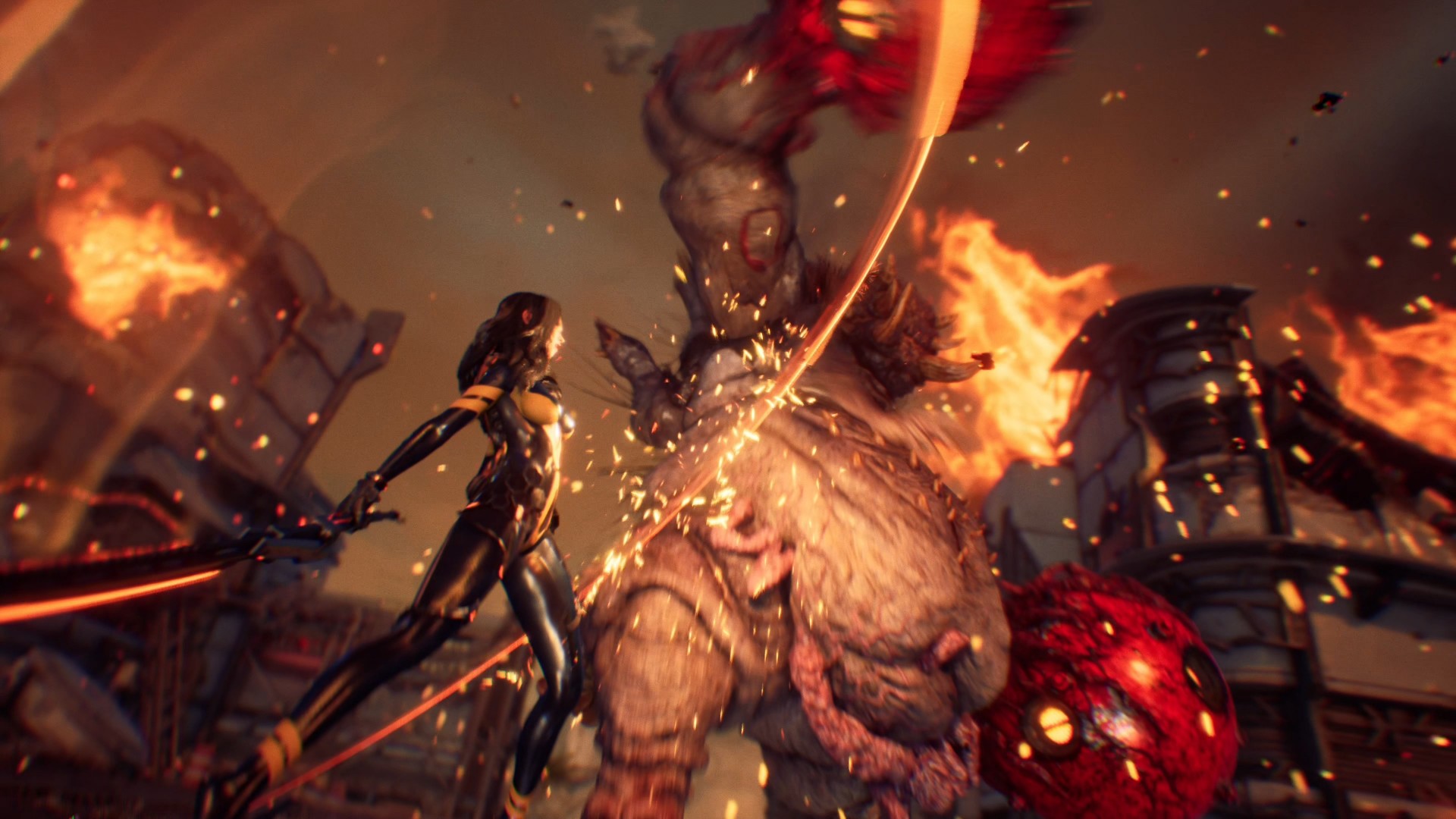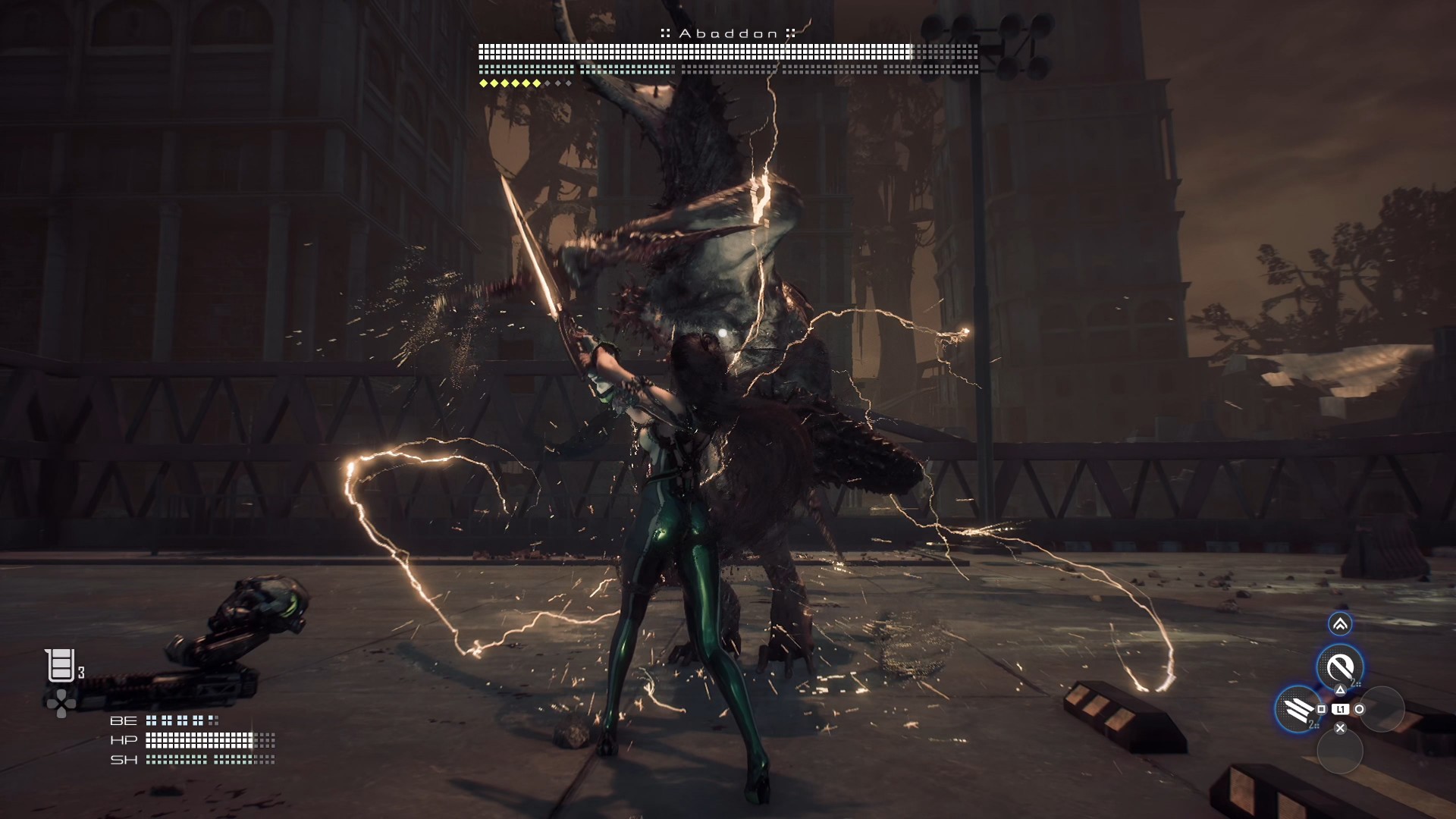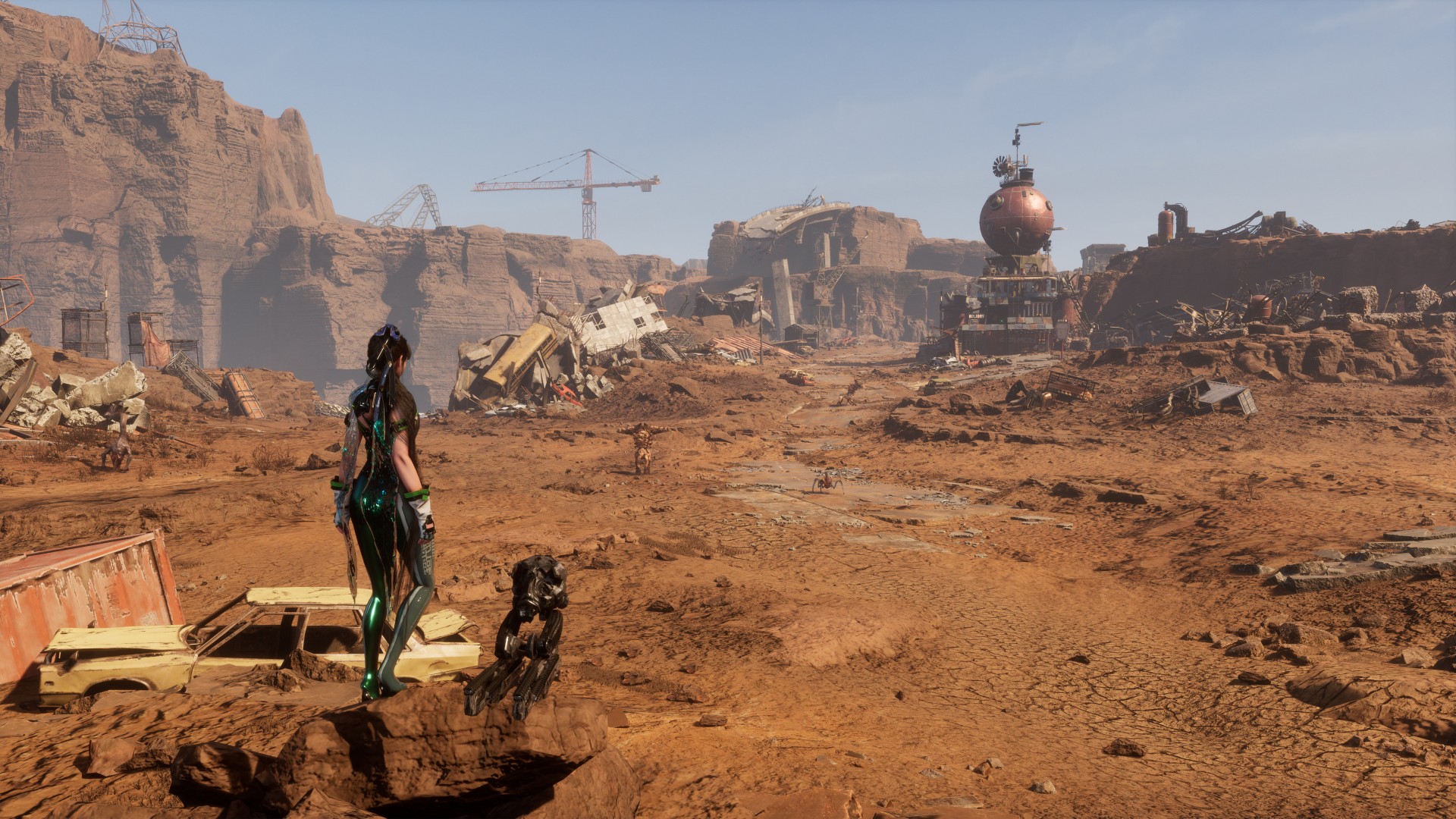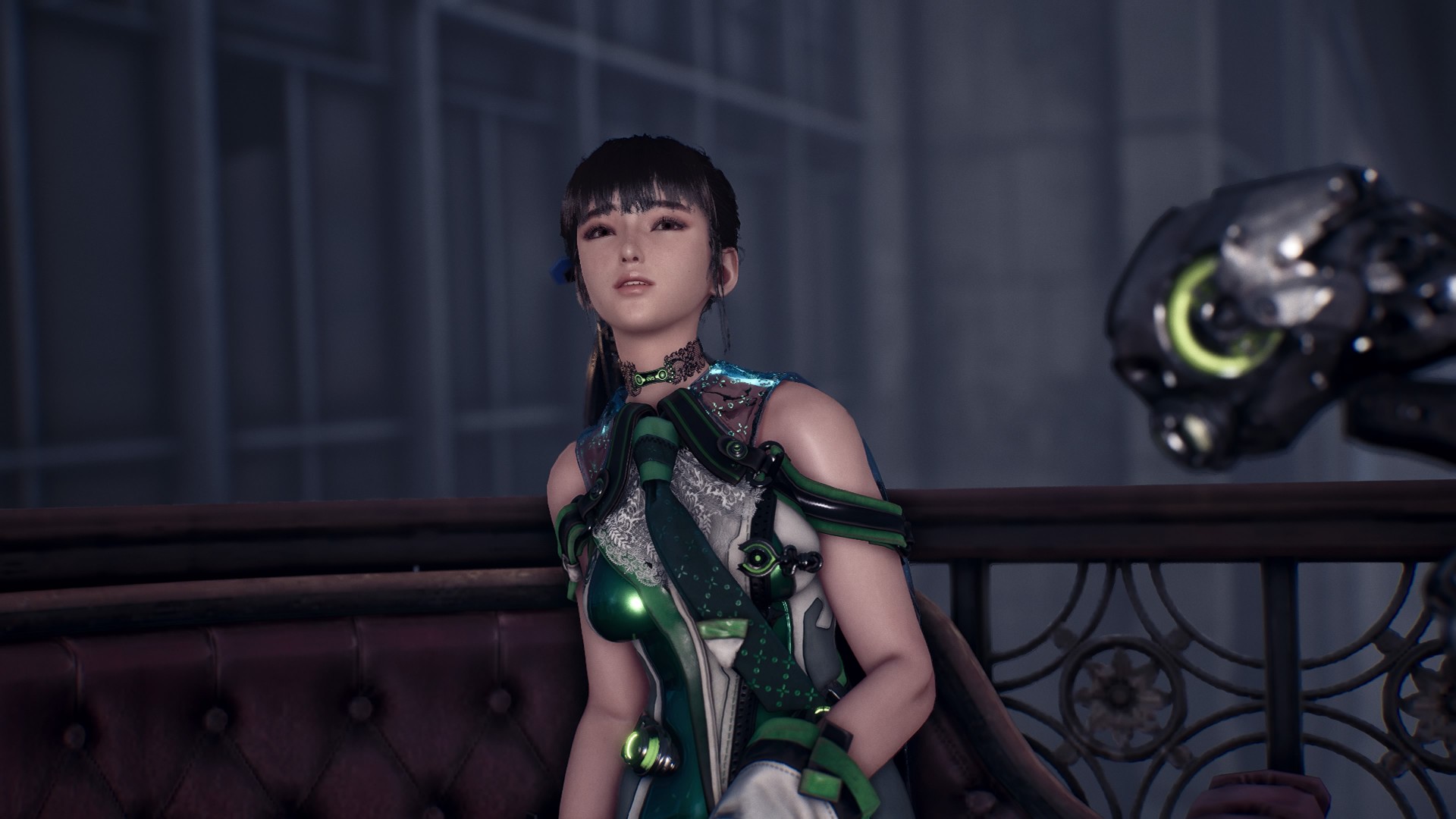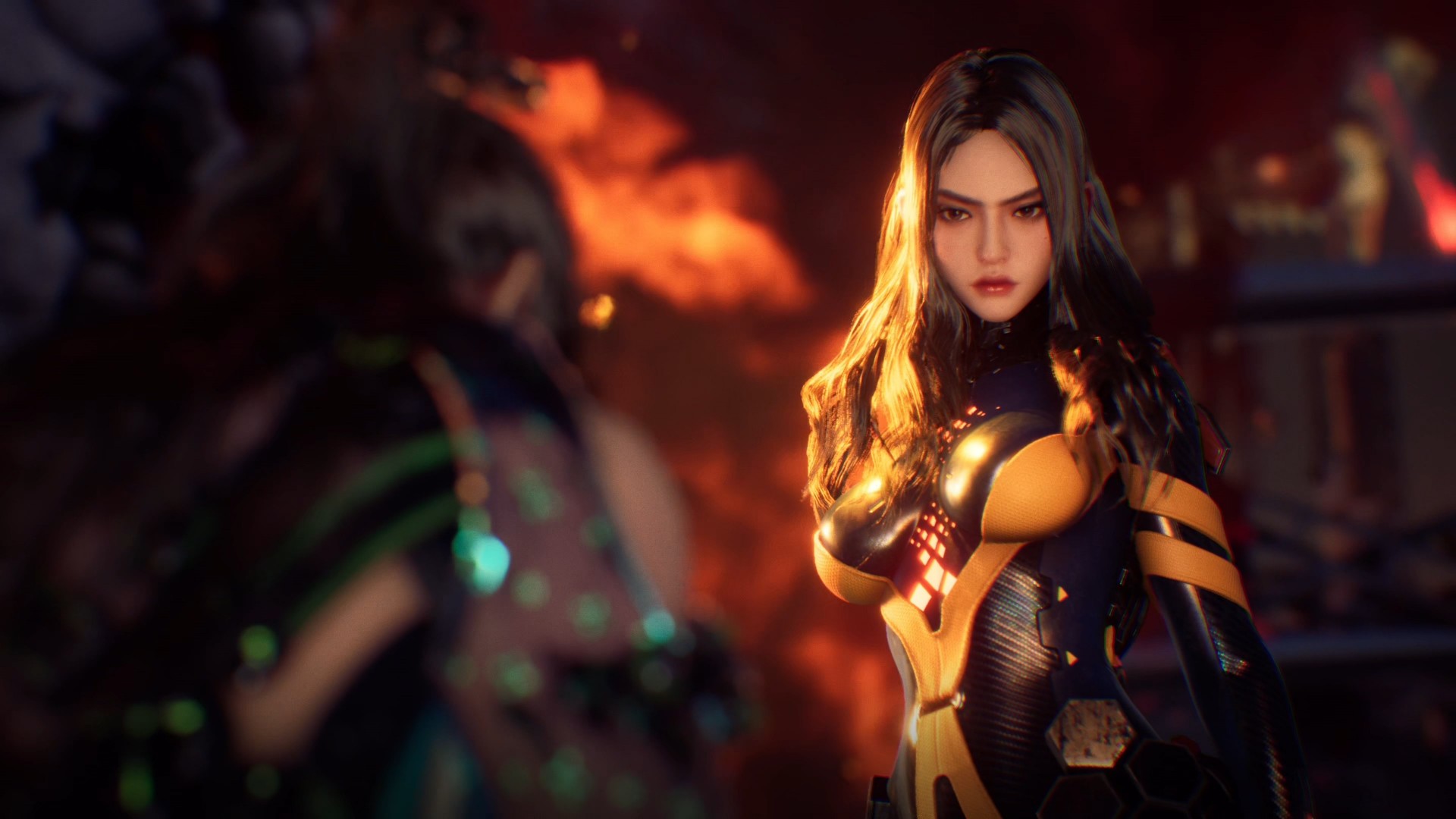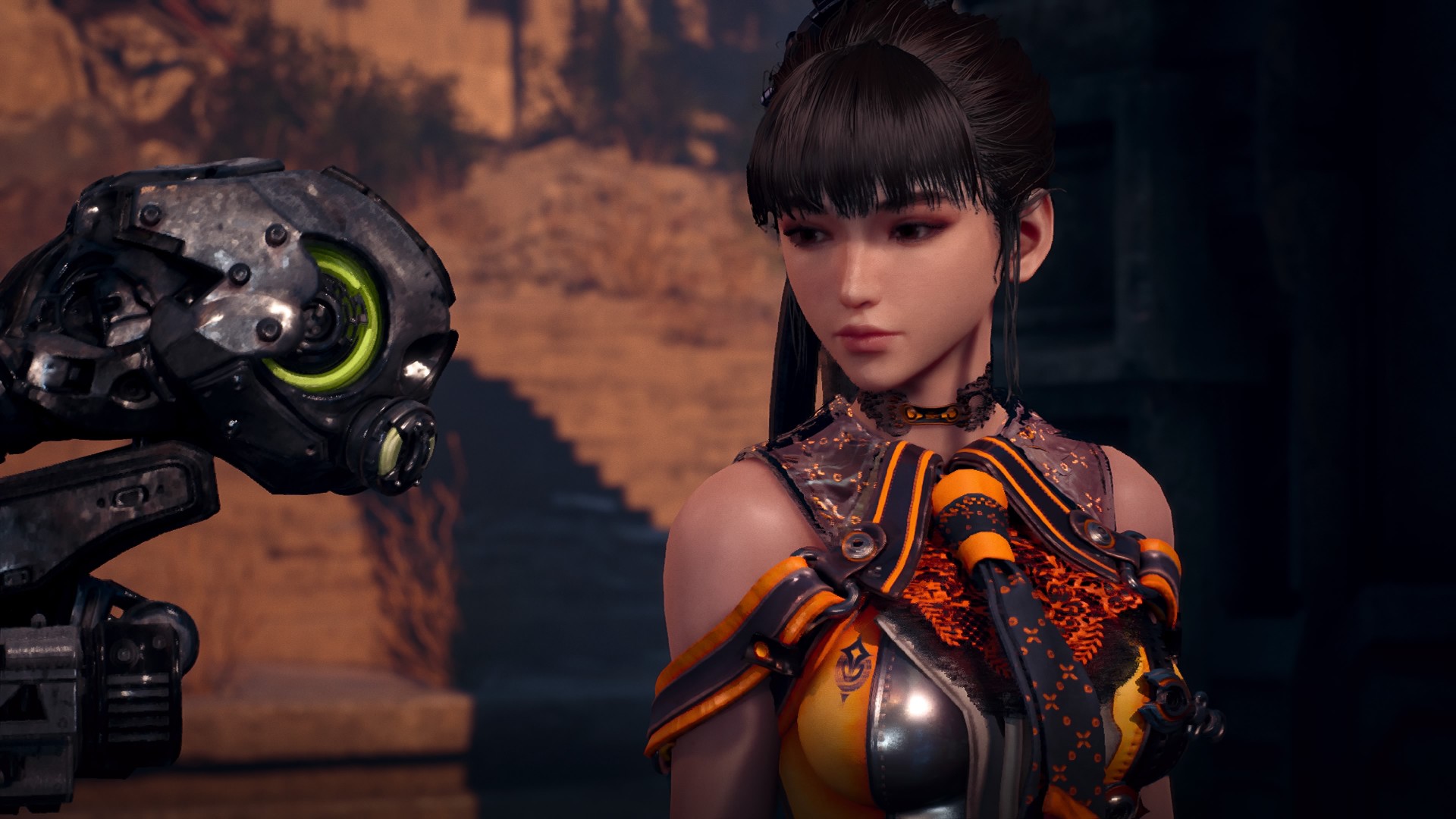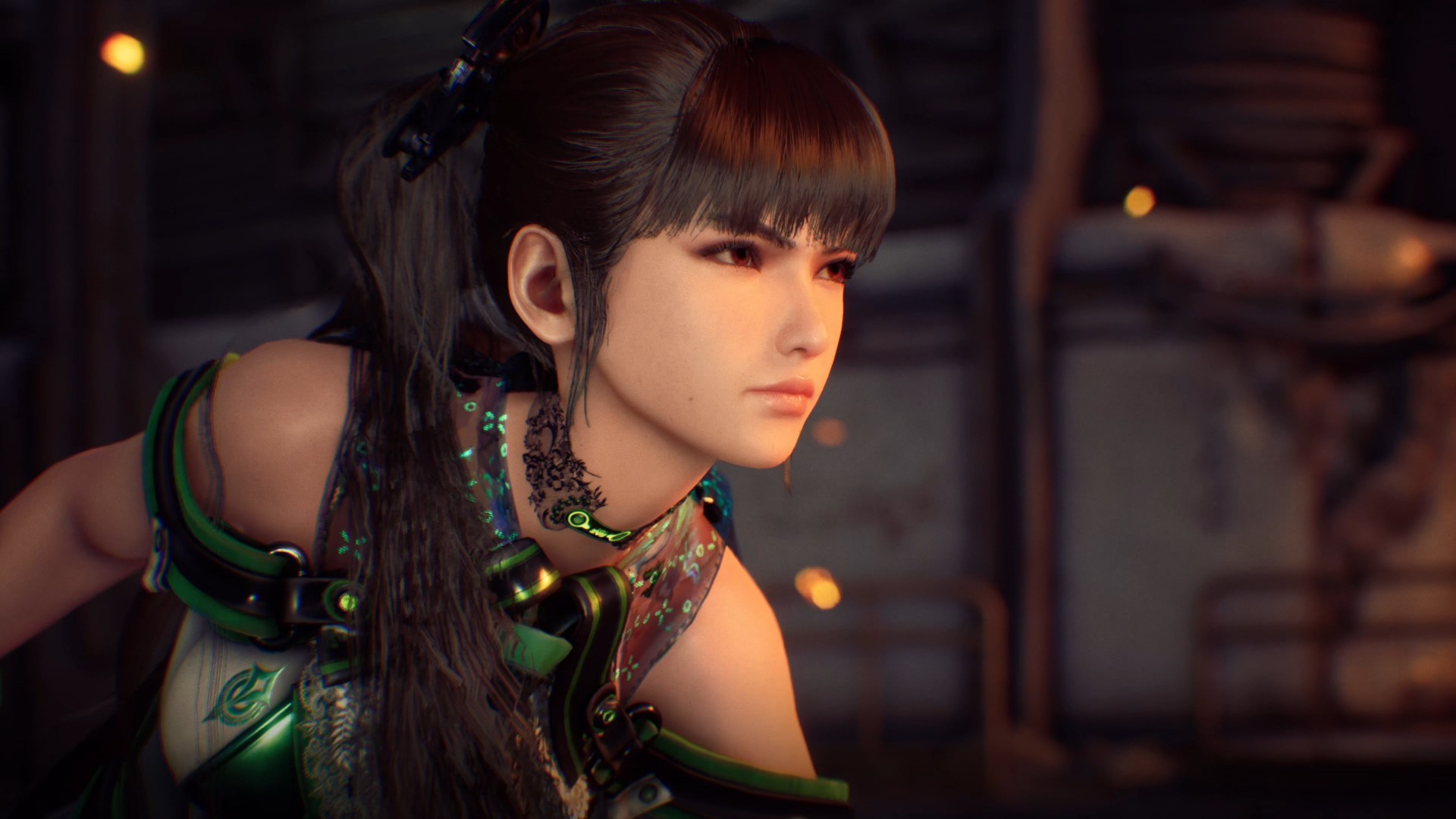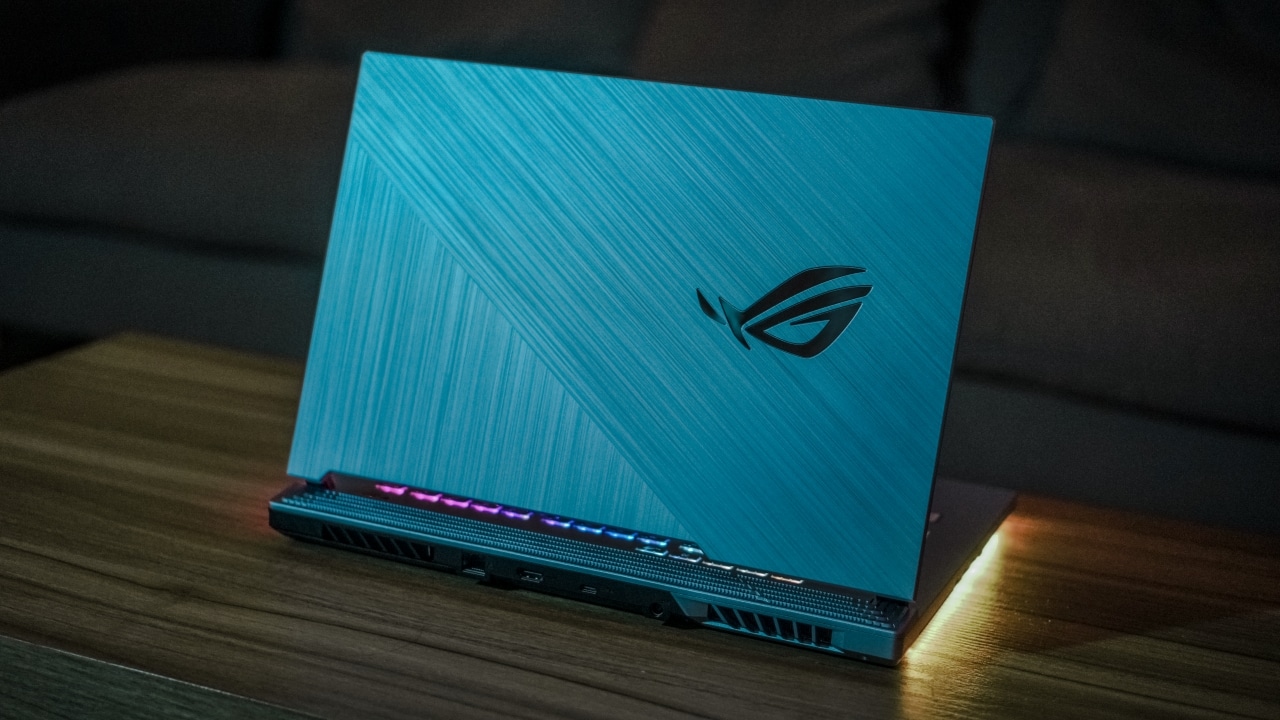
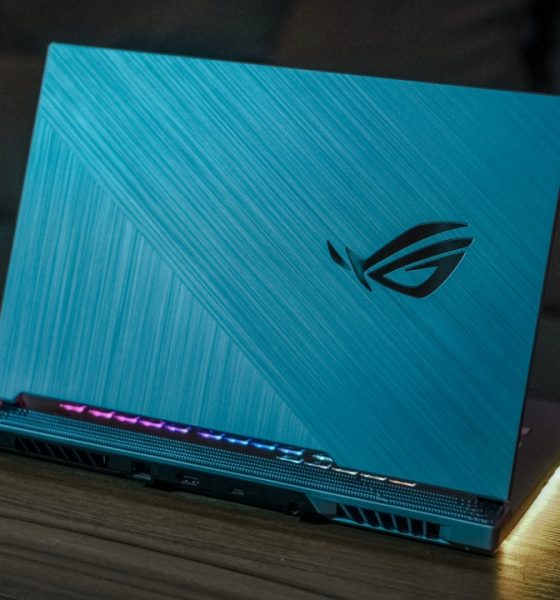
I normally get gaming laptops in some matte black finish. Something about that color screams “gamer” to me, especially with its subdued vibe. Getting it in any other color just draws too much attention, especially when you want to game in peace.
Then I turn to the ASUS ROG Strix G G531, and no the “G” does not stand for “Glacier Blue. It comes in two colors: the usual black finish and a special Glacier Blue variant — which I have. Let’s face it, underneath this icy cold Glacier Blue variant is one powerful machine from the hardware to a wide selection of ports.
But is this really all for show?
This particular unit comes in a special Glacier Blue finish
It comes with an NVIDIA RTX 2060 inside
It has an RGB-lit system, from the bottom to the keyboard panel
Connectivity, display and power input ports are placed at the back
Power beneath aesthetics
As expected, overall performance for the ASUS ROG Strix G is phenomenal. For working professionals like myself, 16GB of RAM is already a huge luxury to have. All that power enables greater productivity, especially when you need multiple applications opened all at once. It’s an excellent choice for productivity enthusiasts.
Coupled with a 512GB SSD storage plus 1TB of added storage further bolsters this machine. All that storage can handle applications for professionals, content creators, and gamers alike. Fast read times on the hard disk complements the 16GB RAM nicely. Basically, I get to open 30 tabs of Google Chrome, Adobe Photoshop and Premiere Pro, and the system is still fast enough to run.
Gaming with ice in your veins
It’s no surprise that an NVIDIA RTX 2060 is powerful. I don’t even have to go into detail just how great its power can be. On this device, however I have mixed feelings over it. First off, it plays your usual graphic-heavy games pretty well. Fortnite: Battle Royale records close to xx FPS set on Epic, while Apex Legends peaks at 57 FPS set close to maximum.
Even on games with minimal graphical power required, the GPU performs above and beyond. Frames load smoothly especially during high leverage moments when you’re really into the game. My eyes kept up with what’s happening every time I get into some intense build battle with sweaty players online.
However, I felt that the RTX 2060 could do more with other hardware present. This laptop only comes with a 120Hz refresh rate, which is pretty decent. However, it literally caps a lot of your games to a threshold for your frame rate. ASUS actually has laptops similar in hardware to the ROG Strix G that offer displays with higher refresh rates. It would have been nice to offer a 144Hz refresh rate to this laptop instead of just to its 17-inch brother.
Properly cooled so you don’t accidentally burn yourself
With gaming laptops like the ROG Strix G, a great cooling system is a must. I’ve tested a lot of cooling systems for gaming laptops in the past, so I’m already expecting a hot mess. Except that, well the ROG Strix G actually proved me wrong.
The dual-fan cooling system blasts hot air at the back and at the right side (the side without any ports). The device heats up as expected when you’re going full on gamer mode or when you open heavy duty applications. What I found great about it is that the moment you stop using those applications, the device cools down relatively fast.
On most gaming laptops, I waited for an hour to an hour and 25 minutes before I wouldn’t accidentally burn myself a bit. With the ROG Strix G, it cools down in a matter of 30 to 45 minutes. Furthermore, only the top portion of the main chassis heats up, leaving your keyboard to remain cool. It stays as cool as its Glacier Blue color suggests, and to me it’s fantastic that ASUS designed it this way.
Other features that are either red hot or ice cool
For this device, anything cool is preferably how you want it. For example, I’m personally a fan of the way they integrated RGB into the laptop. From the keyboard to the three sides of the device, this device demands attention. Not everyone would like it, especially when you’re out in a Starbucks somewhere. You can dial the colors down — as long as you get the black one.
Another thing I liked about the ROG Strix G is its overall build. Putting all the display, power, and connectivity ports at the back of the device was a nice touch. To me, it keeps a lot of the wires out of the way on a normal desk setup. Also, I love the way they did the hinge for the lid and body.
But, there is one thing that proves to be red hot, it’s close to being a red flag — the laptop’s battery life. I only got around close to five hours for productive use, with that time cut in half when gaming. I literally need to bring the charger around if I want to work for longer hours.
Putting it all together
At PhP 99,995, the ASUS ROG Strix G G531 in Glacier Blue fuses aesthetic and performance together. Performance-wise, this gaming laptop provides just the power you need for any task. Gaming on it full time is where it truly excels, all thanks to the NVIDIA RTX 2060 inside.
On top of all of that, it cools down faster after playing for a long time, something not a lot of gaming laptops possess. The overall build supplements proper cooling for the device so you don’t have to worry about things heating up unexpectedly.
Overall, this is one wonderful device to have for productive and gaming use. If you don’t mind adding a little style to your gaming habit, consider getting this cool Glacier Blue variant.

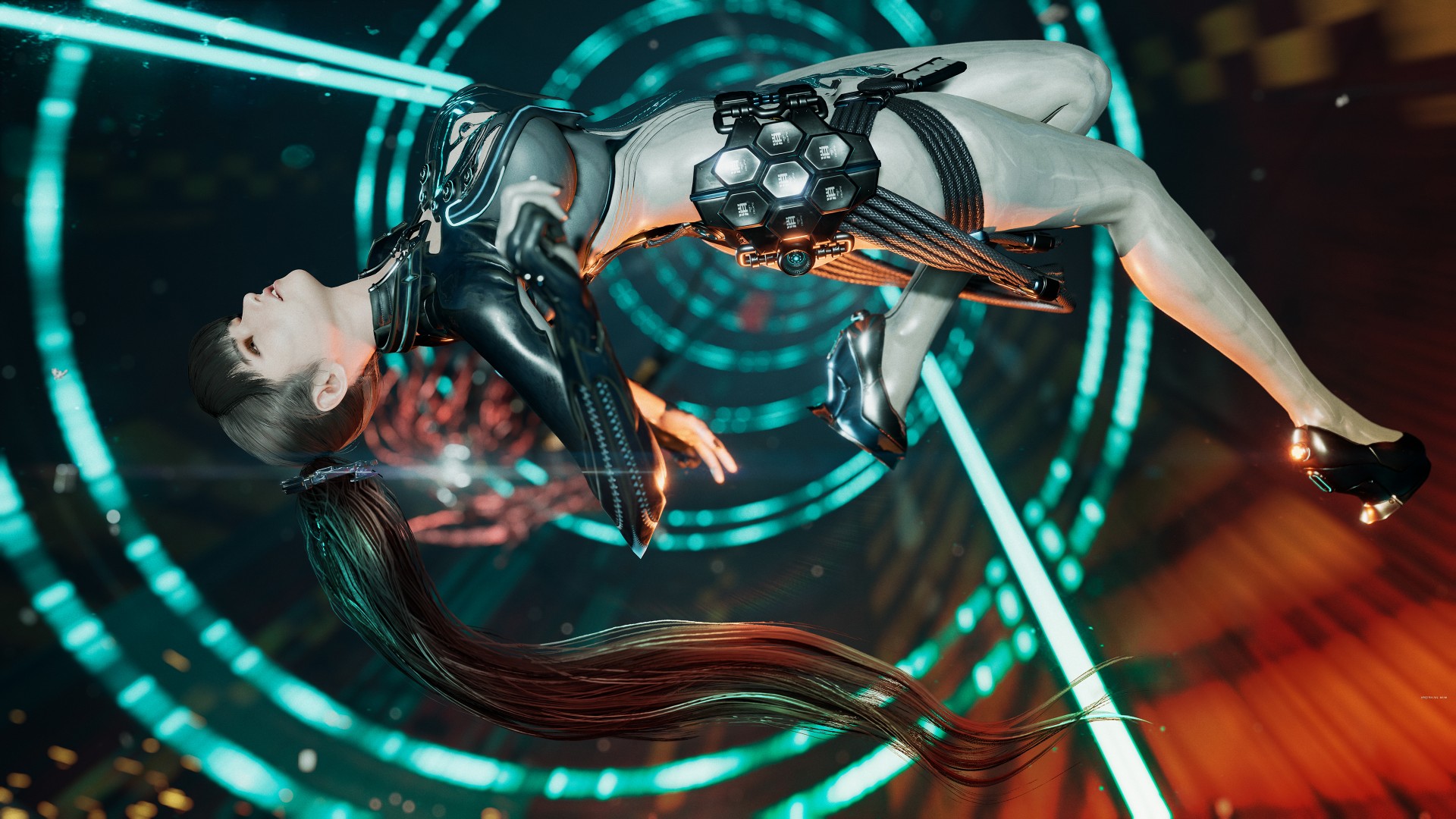
We didn’t have the best impression of Stellar Blade after spending time with the demo. Unlike certain players who poured a full game’s length of hours playing, our reception was lukewarm due to various reasons. But after finally having some time to focus on it, we now have a better understanding of its charm–and that goes beyond character design.
The game’s director has been ever-present in various gaming and tech news websites sharing nuggets about the game and reacting to the many comments made about the proportions of its female characters. That’s a rabbit hole we’re not diving into. Instead, we’re piggy-backing on one of his responses: Just pick up a controller and play it.
Steep combat learning curve
Stellar Blade’s combat didn’t click with us right away. But that’s because we approached it more like a hack-and-slash and not for the precise combo-parry sequence that it demands. A fellow reviewer aptly described our experience: It was a lot more “Soulslike” than we anticipated.
It took a while to get over that hurdle. For one, this writer isn’t particularly fond of Soulslikes. Skill issue. That’s tough considering a big part of this game’s charm is its combat. We can’t say that it fully clicked with us, but it certainly has its moments.
In combat, you have to pay attention not only to your enemy but also to how the protagonist, Eve, acts in different combo animations. If you’re not careful, you might find yourself getting hit during a lull in your combo.
You don’t have to memorize every single combo, although if you could, that’s certainly an advantage. We can compare the practice to memorizing combos of characters in Tekken, although at a milder rate.
Parrying is tricky but that’s not the only way to counter your enemies. One of the first skills you unlock is one that lets you get behind your enemy after they unleash a fatal attack (cued in with blue indicators) and hit back with your own counter. The animation looks so good that you’ll feel like an absolute badass every time you do it. It’s one of the moves that never got old throughout the entire playthrough.
As you progress through the game you’ll unlock ranged weapons that will expand your combat capabilities further. Hard combat enthusiasts should have a field day.
For more casual players, there’s no shame in switching to Story Mode which is what we did for about 70% of the playthrough. It’s easier, sure. But it can still present challenges especially during certain encounters.
The boss battles are TOUGH
We’re going to chalk this up again to skill, and perhaps patience, issue. But Stellar Blade’s boss battles are incredibly tough. Not to the point that you’ll want to throw your DualSense controller though.
What can make it frustrating is that the patterns of the enemies, especially the earlier bosses and mini-bosses, are easy to track. But they’re not exactly easy to deal with.
Parrying becomes an even more critical skill in these encounters. It’s one of the reasons why we opted to slide down the difficulty. Otherwise, this writer will never finish the game.
Pulling from different games, worlds
We have seen many compare Stellar Blade to the Nier games. Other than the setting, another big contributing factor in that comparison is the soundtrack.
During roaming, exploring, and combat, the music will change from time to time. However, they stick to this theme that’s a little eerie. It’s hard for us to describe but it’s almost like a crescendo that never quite swells up. It matches the game’s world perfectly — it feels hollow and devoid of life but still has a sliver of hope.
Combat isn’t the only thing you’re doing here. While it’s mostly linear at first, Stellar Blade offers a healthy mix of exploration, platforming, and puzzle-solving.
The puzzles don’t get in the way of the pacing. They’re quite engaging and offer a decent level of challenge. Roaming and exploration will yield you loot to improve your gear and stats. Occasionally, a Naytiba (the game’s primary foils) will surprise you for a good jumpscare moment.
Stellar Blade doesn’t reinvent anything nor does it offer anything particularly new or groundbreaking. But everything it borrowed from other games is retrofitted to match the game’s vibe and overall aesthetic. The result is a polished experience of familiar gaming mechanics.
Eve
Another aspect that did not grab us as much during the demo is the main character, Eve. The first hour of the game doesn’t do much to endear the player to her.
That slowly changes as you play through the game. Through a mix of cut scenes and world-building collectibles, you get a better sense of what Eve is, her mission, and ultimately her purpose.
If you’re familiar with the animé Violet Evergarden, Eve and that show’s protagonist share a similar character arc. They initially seem one note and bland, but the layers are peeled back as you learn more about them and how they relate to the world and the people around them.
Is she hot? Hell yeah. But as cliché as it is, she’s certainly more than what meets the eye.
Should you play Stellar Blade?
Unlike the PlayStation 5 exclusive that immediately preceded it, Stellar Blade has plenty in common with past PS5 exclusives — visually captivating, cinematic experiences, with satisfying gameplay.
Its level of challenge is closer to Sekiro and Bloodborne but it’s also not quite as difficult. In the same category but certainly not in the same stratosphere.
It also has an alluring charm that goes beyond its aesthetics. As mentioned earlier, nothing about it is particularly new or groundbreaking. But it’s polished and cohesive. There’s something about the overall feel of the game that draws you in and makes you want to see it through.
Stellar Blade is a Day 1 purchase if you’re up for the challenge. And if you consider the game director’s goal of having a high quality AAA console game from South Korea which is dominated by PC and mobile gaming, we say they did just that. Now, it’s just up to us to pick-up the controller and play.

Get your game on with the Lenovo LOQ 2024. This capable laptop is your entry point to PC Gaming and a lot more.
It comes an absolutely affordable price point: PhP 48,995.
You get capable hardware and the hood to support gaming and more. The Lenovo LOQ 15IAX9I runs on the 12th Gen Intel Core i5 processor and Intel Arc Graphics.
Those are key to bringing unreal graphics to this segment. Supporting latest tech like DirectX 12 Ultimate, players are able to enjoy high frame rates on the Lenovo LOQ.
Creating content? It comes with AI Advantage to help boost performance. Engines and accelerators boost the media processing workloads especially for creatives. It also works with Intel’s X Super Machine Learning, Leading to images that are as close to reality.
The laptop supports a configuration of up to 32GB of RAM and 1TB of SSD Storage.
As for its display, the device has a large 15.6-inch, Full HD panel that is more than enough for gaming, video editing, content consumption, and whatever else you do on a laptop. This display has 144Hz refresh rate, 300 nits brightness, and anti-glare.
Videos come out clear, crisp, and realistic. Audio is punchy and as loud as it gets. Windows Sonic elevates it more when you use headphones. And it just takes a few minutes to render HD videos on editing software.
As it runs on Windows 11, if you are going to use it for work, you can take advantage of various features. The Lenovo Vantage Widget is there for constant reminders, Copilot will help you organize your tasks, and Microsoft Edge is there for casual browsing.
There is an assortment of ports at the back for easy connectivity. And as this is meant for gaming, we put it to the test. Racing that looks better with high frame rate? Check. Shooting titles that require heavy work? Not a problem. You can play all your favorites and not worry about performance.
Best of all, it takes less than an our to juice up this laptop all the way to 100%.
So, whether you’re looking to get started with PC Gaming, or an upgrade for work and entertainment needs, the Lenovo LOQ has you covered.
This feature is a collaboration between GadgetMatch and Lenovo Philippines.
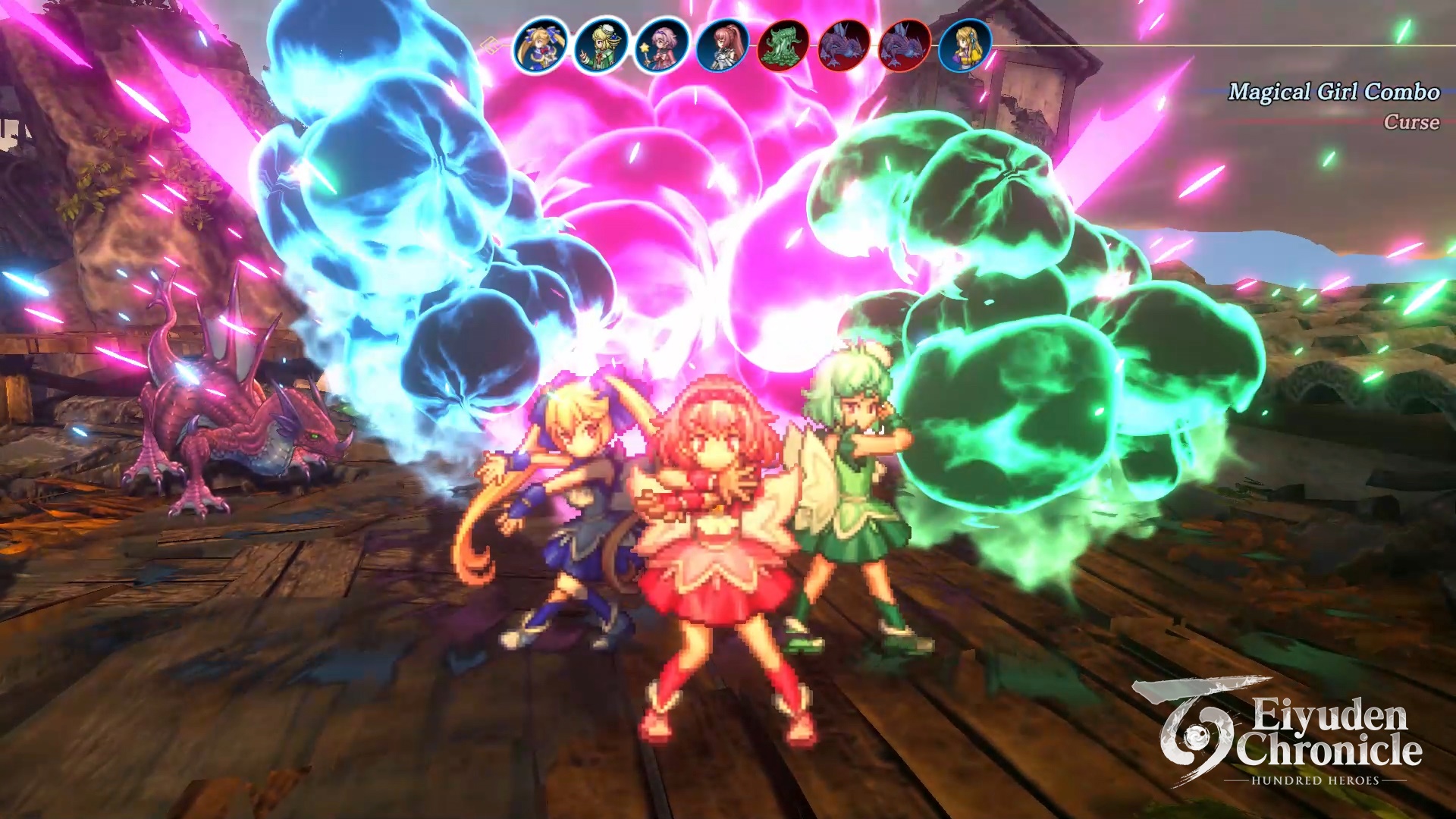
Rabbit and Bear Studios and 505 Games’ Eiyuden Chronicle: Hundred Heroes is now available across multiple platforms. One of the most anticipated JRPGs in recent memory may now be played on PlayStation 4, PlayStation 5, Xbox X|S, Xbox One, and Nintendo Switch. Moreover, it may be accessed on PC via Steam, the Epic Games store, and GOG.
Eiyuden Chronicle: Hundred Heroes is crafted by game developers Junko Kawano (Suikoden I, IV) and the late Yoshitaka Murayama (Suikoden I, II). The title features a modern take on classic 2D side-scrolling games. It has a six-character battle system, meticulous 2D sprites and 3D backgrounds, and a riveting story. As the name suggests, you can play over 100 characters.
GadgetMatch had the privilege of playing the game’s early preview here: Eiyuden Chronicle: Hundred Heroes First Impressions
The refreshed environment immediately stands out. There is more detail, depth, and movement compared to how side-scrolling games of the past used to be played. The game lets players choose their party mates. Meanwhile, the actual combat is turn-based, giving players room to strategize what sequences or gimmicks to select.
With more than 100 characters to choose from, the game also allows players to appropriately select heroes fit for certain regions and dungeons throughout the story. Moreover, some are designated catalysts that can give you access to more of the world’s treasures. In between, users may enjoy mini-games, like the fishing side quest in the preview. The collected fish can be part of another mini-game — cooking — as ingredients for recipes you can cook with.
-

 Features2 weeks ago
Features2 weeks agoFortify your home office or business setup with these devices
-

 Reviews1 week ago
Reviews1 week agorealme 12+ 5G review: One month later
-

 Gaming1 week ago
Gaming1 week agoNew PUMA collection lets you wear PlayStation’s iconic symbols
-

 Accessories1 week ago
Accessories1 week agoMarshall Major V: Reasons Why I Love It
-

 Gaming2 weeks ago
Gaming2 weeks agoMore PlayStation 5 Pro specs have been leaked
-
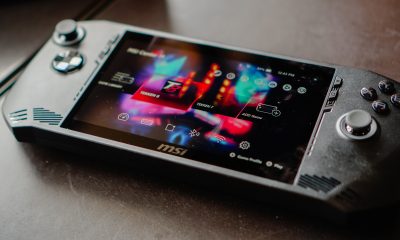
 Features1 week ago
Features1 week agoWhy choose the MSI Claw?
-

 Gaming2 weeks ago
Gaming2 weeks agoUbisoft is taking away copies of The Crew from your library
-

 Gaming2 weeks ago
Gaming2 weeks agoOne Piece Odyssey coming to Nintendo Switch



